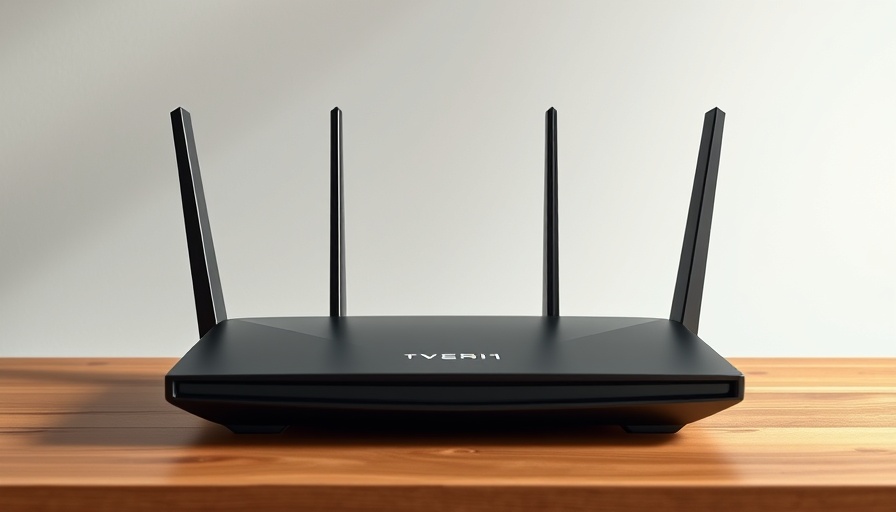
Rethinking Remote Healthcare: Why Security Matters
As the COVID-19 pandemic forced millions to work from home, healthcare professionals have faced unique challenges when shifting to remote environments. With a pressing need to maintain HIPAA compliance while delivering quality care, understanding the balance between technology and security has never been more crucial.
Clear Guidelines for Telehealth Practices
For many healthcare providers, technology can be both a boon and a burden. Given their focus on caring for patients, it’s vital to provide clear, simple guidelines on using remote tools. IT teams should create easy-to-follow instructions that detail the approved usage of digital platforms, emphasizing security protocols to protect patient data.
Understanding HIPAA in a Remote World
With a surge in teleworking technologies, it's essential for healthcare workers to navigate HIPAA regulations properly. Using unauthorized applications can put patient health information (PHI) at risk. Ensuring that technologies comply with HIPAA security and privacy standards will not only protect sensitive data but also uphold trust between practitioners and patients.
Technology's Role in Continuous Patient Care
As we adapt to the ongoing pandemic, leveraging suitable technologies can enhance communication with patients, providing vital support that extends beyond traditional office visits. The integration of telemedicine is not just a response to the crisis but a transformative approach to healthcare, potentially shaping how services are rendered in the future.
Actions for Secure Remote Work
To bolster security while working remotely, healthcare organizations can implement several strategies. First, employ robust access controls such as two-factor authentication to authorize user access to sensitive data. Secondly, regular training sessions can educate staff about emerging cybersecurity threats and reinforce proper online conduct.
Looking Ahead: The Future of Telehealth
As public health guidelines continue to evolve, the expectation for remote healthcare services will rise. Ongoing investments in cybersecurity measures and user education will be crucial in shaping effective telehealth practices that rise to meet patient needs without compromising their safety.
Finally, it’s essential for healthcare organizations to not just respond to current challenges but to strategically position themselves for future demands. The lessons learned during this period should be leveraged to strengthen remote healthcare practices moving forward.
In an era where technology serves as a lifeline for healthcare, ensuring that devices and data remain secure will define the quality and trustworthiness of patient interactions. Investing in comprehensive training and robust systems now prepares healthcare systems for the challenges of tomorrow.
 Add Row
Add Row  Add
Add 




Write A Comment